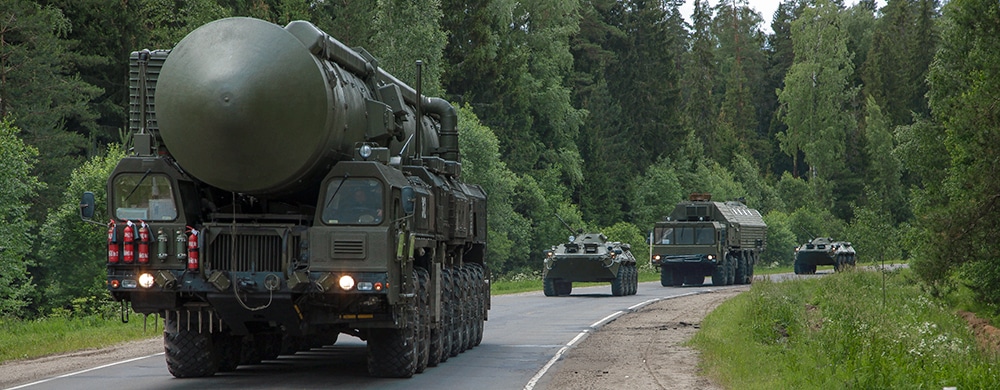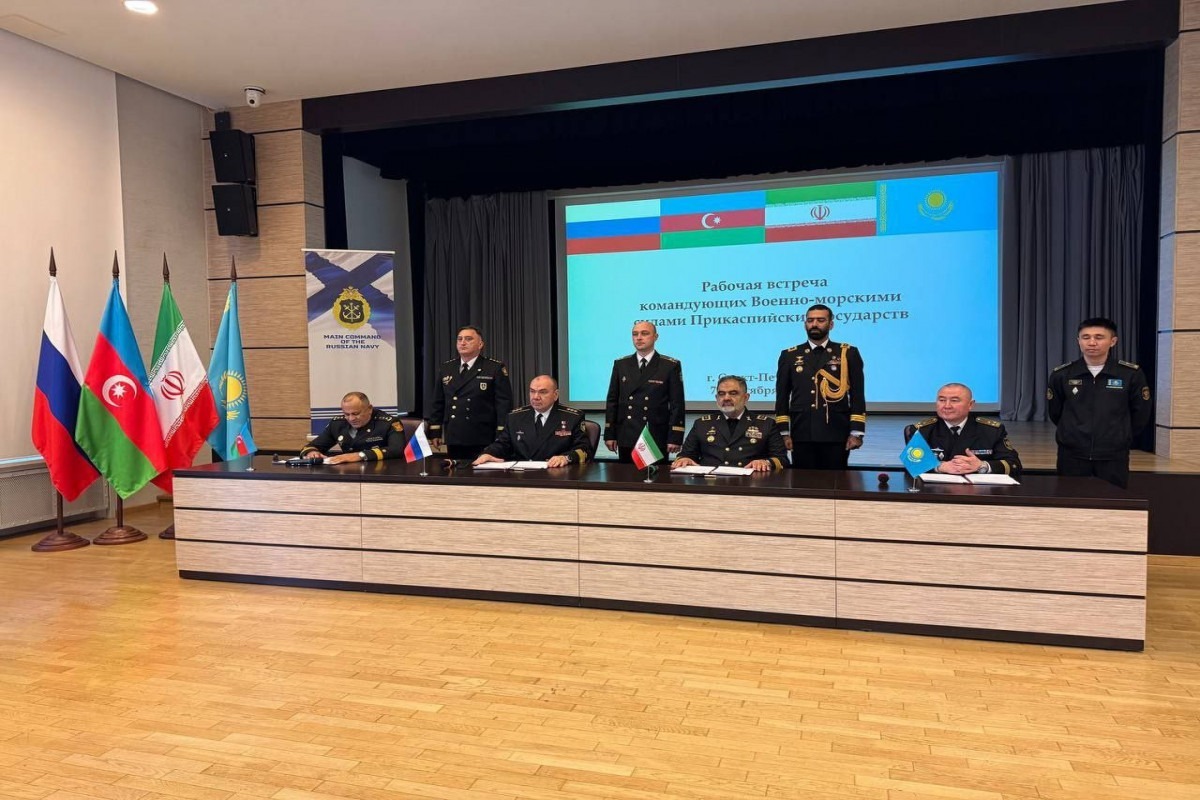
Russian Airborne Troops Again Required to Be Ready for WMD
Russian Airborne Troops Again Required to Be Ready for WMD
The Russian Armed Forces are apparently readying for the potential use of weapons of mass destruction (WMD). In April, a large number of vacancies for contract military service members appeared on Russian job search websites, but one posting stood out—a call for a commander of a parachute squad in the Airborne Forces (Vozdushno-Desantnye Voyska—VDV). In particular, this person’s main responsibilities are to include inter alia the ability to act in conditions of the use of WMD; to use personal protective equipment; to conduct decontamination, degassing and disinfection operations of regular small arms and materiel; as well as to be able to provide first aid to himself and his subordinates in case of exposure to toxic and radioactive substances and bacteriological agents (Hh.ru, April 6). The vacancy posting was duplicated on other sites as well, which, implicitly or explicitly, sent a unique message.
The Russian Airborne Forces were created in 1930 but until the 1950s consisted mainly of airborne units specially designed to capture bridgeheads behind enemy lines. With the acquisition of nuclear weapons by the Soviet Union, the nuclear factor formally and sharply rose in prominence for the VDV, which required the reform of these troops. The reform of the VDV during 1953–1960 was marked by the optimization of the organizational and staff structure of this service branch along with changes to the theory of the use of airborne forces as such. The main focus shifted to ensuring survivability in the conditions of the use of nuclear weapons and the use of modern air-defense systems by the enemy. This is how a former military officer, Alexey Kozlachkov, described the essence of the Soviet-legacy VDV back in 2013: “The Airborne Forces are the main military chimera of the Soviet country… The favorite toy of the Soviet military leadership of the era of nuclear confrontation. I mean, first of all, the military-technical and military-strategic aspect… In the field manuals that we studied at the academy, it is said that the task of the Airborne Forces is the development and implementation of the consequences of a nuclear strike, the seizure of bridgeheads, control of communications on the territory and in the deep rear of the enemy (all after a nuclear strike) and holding all this until the approach of the main forces… Thus, the Airborne Forces are a military-strategic fantasy on the topic of nuclear war, born in the high headquarters” (Alex-kozl.livejournal.com, August 2, 2013).
The reality of this statement is confirmed by a notable exercise conducted on September 16, 1956, at the Semipalatinsk special polygon. The exercise was called “Helicopter Landing of a Parachute Battalion Following an Atomic Strike in Order to Prevent the Enemy From Restoring Defense in the Area of the Breach Formed by an Atomic Explosion.” The drill was conducted using an experimental atomic bomb with an explosive equivalent of 40,000 tons of TNT, dropped down to an altitude of 300 meters. The landing was planned half an hour after the explosion at a distance of 500 meters from the epicenter. In total, 1,500 service members were involved, with 272 people parachuting directly onto ground zero (Topwar.ru, November 17, 2012).
According to accounts written by alleged former Russian paratroopers and posted to a message board catering to VDV veterans, the tasks of Soviet-era airborne units specifically included actions to work around or exploit the results of tactical nuclear weapons (TNW) strikes. For example, when capturing a bridgehead to ensure the crossing of a river, the Soviet operation could involve a TNW strike against counterattacking enemy troops. Or a tactical missile or airstrike with a nuclear warhead could precede a VDV landing to capture and hold a bridgehead (Desantura.ru, accessed May 9, 2021).
With the collapse of the Soviet Union, the tasks of the Airborne Forces in the conditions of a nuclear strike disappeared. In particular, in 2020, Maxim Shepovalenko, the deputy director of the Moscow-based Center for Analysis of Strategies and Technologies (CAST), said that the main tasks of the Russian VDV were by then related to actions behind enemy lines. Those operations aimed at disrupting the management and deployment of enemy troops as well as capturing and destroying their precision weapons (Bmpd.livejournal.com, November 2, 2020). The following year, military theorists of the Russian Ministry of Defense similarly argued that airborne units form the basis of mobile groups of troops, whose main tasks are to create a front in the enemy’s rear (Voyennaya Mysl, 2021). Crucially, modern materials describing the training of service members and officers of the Airborne Forces contain no information about the conduct of actions in the conditions of the use of nuclear weapons or other WMDs.
The aforementioned recently posted vacancy for a parachute squad commander, thus, conspicuously stands out because it lists capabilities to act in the conditions of WMD use that are not required from other VDV service members (Hh.ru, April 6, 2022). In retrospect, however, this advertised commander-level aptitude and skill set is not surprising. The closeness of decision-making in the Armed Forces was also prevalent in the Soviet Union. Information that the 1956 Semipalatinsk parachute exercise (see above) would involve the actual use of a nuclear bomb was reported to officers only once they were already in the area of the planned drill. That is, a limited circle of people knew they and their subordinates would take part in operations related to nuclear weapons. And 70 years later, still only the VDV unit commander will know about the possibility of the actions of his squad in a WMD “hot zone.”
The public dissemination of a job post seeking candidates with qualifications to act in the conditions of the use of weapons of mass destruction was likely deliberately intended as a threat to Ukraine that Russia is genuinely preparing for such operations. If the Russian military fighting in Donbas is unable to achieve the goals set by the Kremlin using conventional weapons, the high command may increasingly believe that the only way to ensure their implementation is, for example, with a tactical nuclear strike. The Armed Forces of the Russian Federation and the VDV are presumably ready to execute such a scenario.


